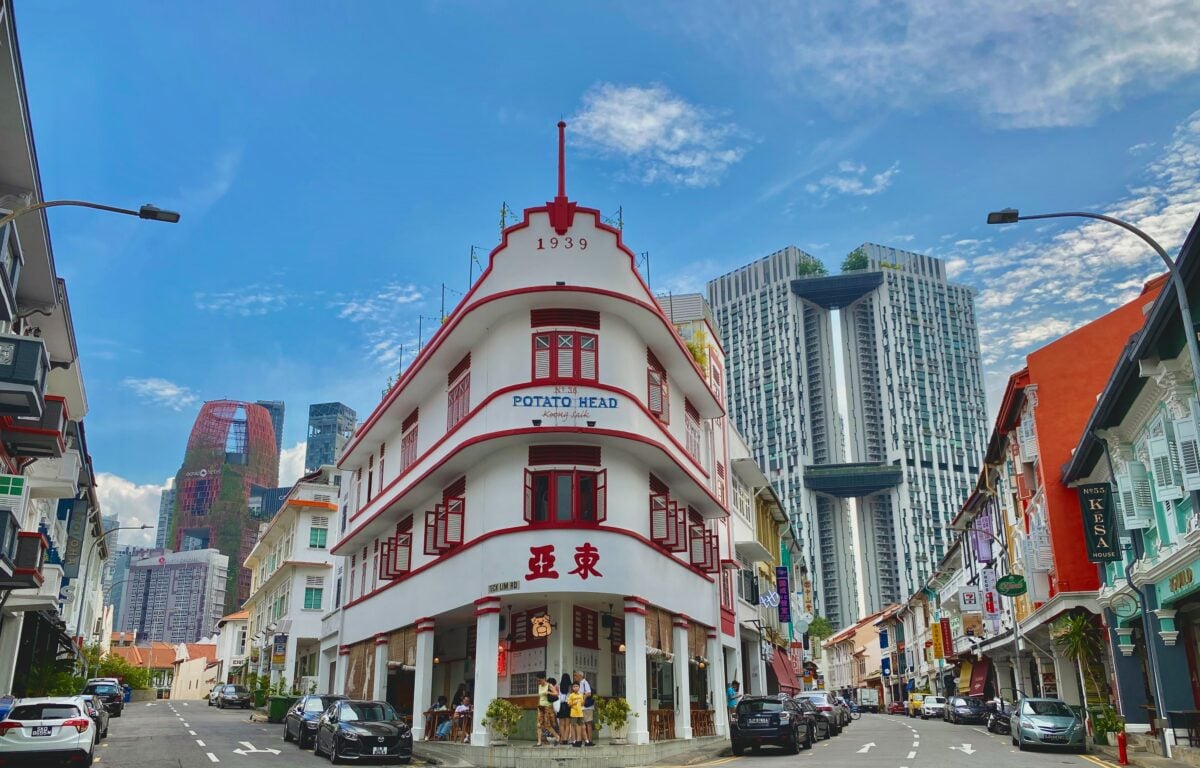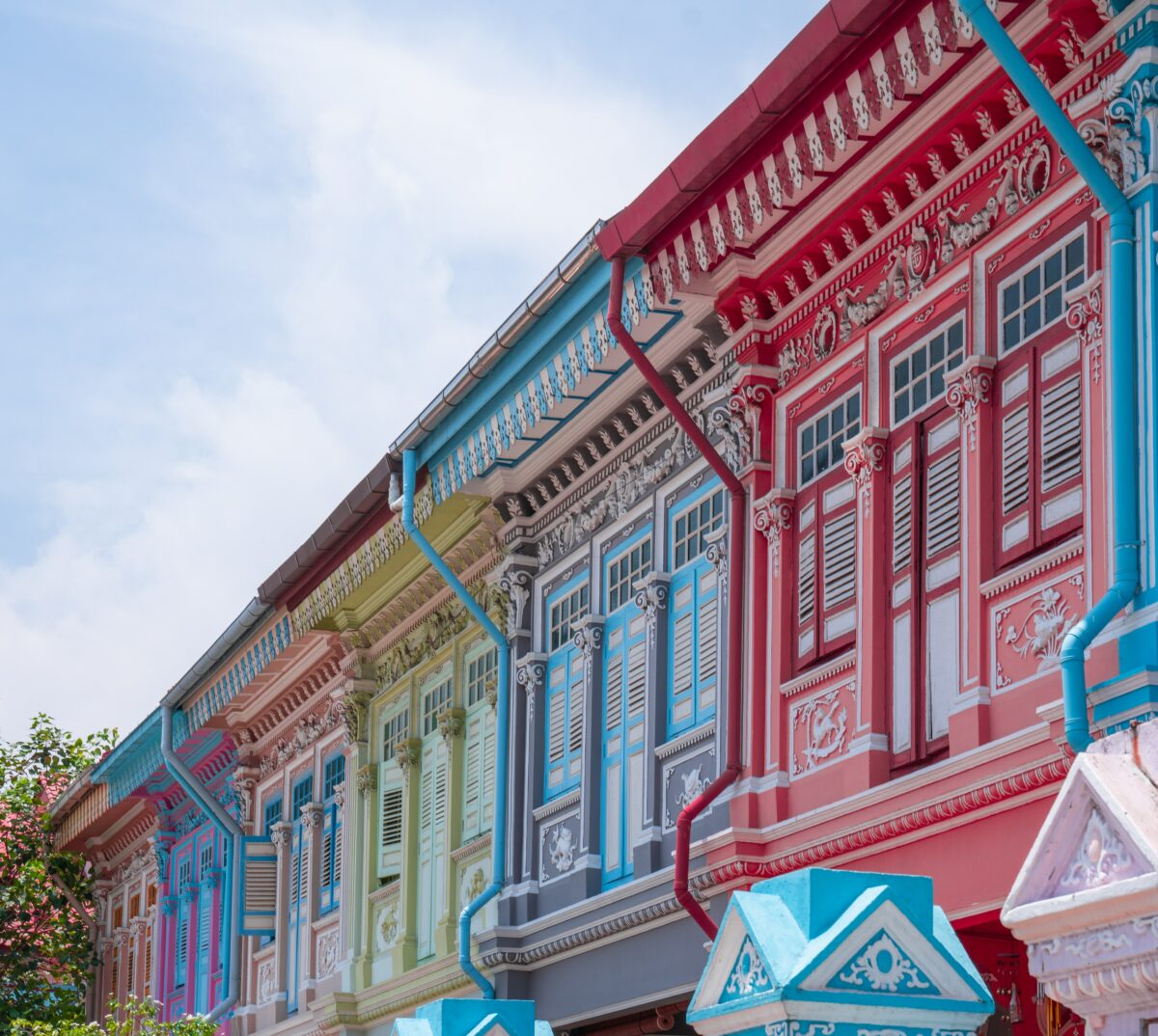In the bustling city-state of Singapore, the postal code is more than just a string of numbers; it’s a key that unlocks the efficiency of mail delivery and logistics.
Since the 1950s, Singapore’s postal code system has evolved to meet the demands of a growing population and an ever-expanding urban landscape. Today, these codes do much more than guide postmen to your doorstep; they are integral to the fabric of daily life in Singapore.
The basics of Singapore’s postal codes
At its core, a postal code is a series of digits incorporated into postal addresses to expedite the sorting and delivery of mail. In Singapore, this takes the form of a six-digit numerical code.
The first duo of digits corresponds to the postal sector, while the subsequent four digits pinpoint the exact delivery point, be it a residential block, a private dwelling, or a commercial establishment.
Historical development of postal codes in Singapore

Singapore’s journey with postal codes began with a simple two-digit system in the 1950s, which demarcated the country into 28 districts. As the volume of mail burgeoned, a four-digit system was introduced in 1979, further dividing these districts into 80 sectors.
However, the real game-changer came in 1995 when Singapore Post implemented the six-digit system we use today, enabling over a million unique delivery points and drastically reducing the need for manual sorting.
Read more: A discussion: Could tax on empty properties help growing rental demands?
Navigating the postal code system today
Finding one’s postal code has never been easier, thanks to tools like Singpost’s online postal code finder. These codes are crucial for the seamless operation of mail services and are equally important for businesses and logistics companies that rely on accurate location data to serve their customers efficiently.
Singapore postal code districts
Each of Singapore’s districts is associated with specific postal code numbers. For instance, the numbers 01 to 06 correspond to the Raffles Place and Marina area, while 07 and 08 denote the Anson and Tanjong Pagar districts. This system is not only vital for mail delivery but also plays a significant role in real estate, where properties are often listed and searched for by district codes. Here, take a look at this nifty table:
| District | Area | Postal Code (First two digits) |
|---|---|---|
| 1 | Raffles Place, Marina, Cecil, People’s Park | 01, 02, 03, 04, 05, 06 |
| 2 | Anson, Tanjong Pagar | 07, 08 |
| 3 | Queenstown, Tiong Bahru | 14, 15, 16 |
| 4 | Telok Blangah, Harbourfront | 09, 10 |
| 5 | Pasir Panjang, Hong Leong Garden, Clementi New Town | 11, 12, 13 |
| 6 | High Street, Beach Road (part) | 17 |
| 7 | Middle Road, Golden Mile | 18, 19 |
| 8 | Little India | 20, 21 |
| 9 | Orchard, Cairnhill, River Valley | 22, 23 |
| 10 | Ardmore, Bukit Timah, Holland Road, Tanglin | 24, 25, 26, 27 |
| 11 | Watten Estate, Novena, Thomson | 28, 29, 30 |
| 12 | Balestier, Toa Payoh, Serangoon | 31, 32, 33 |
| 13 | Macpherson, Braddell | 34, 35, 36, 37 |
| 14 | Geylang, Eunos | 38, 39, 40, 41 |
| 15 | Katong, Joo Chiat, Amber Road | 42, 43, 44, 45 |
| 16 | Bedok, Upper East Coast, Eastwood, Kew Drive | 46, 47, 48 |
| 17 | Loyang, Changi | 49, 50, 81 |
| 18 | Tampines, Pasir Ris | 51, 52 |
| 19 | Serangoon Garden, Hougang, Sengkang, Punggol | 53, 54, 55, 82 |
| 20 | Bishan, Ang Mo Kio | 56, 57 |
| 21 | Upper Bukit Timah, Clementi Park, Ulu Pandan | 58, 59 |
| 22 | Jurong | 60, 61, 62, 63, 64 |
| 23 | Hillview, Dairy Farm, Bukit Panjang, Choa Chu Kang | 65, 66, 67, 68 |
| 24 | Lim Chu Kang, Tengah | 69, 70, 71 |
| 25 | Kranji, Woodgrove, Woodlands | 72, 73 |
| 26 | Upper Thomson, Springleaf | 77, 78 |
| 27 | Yishun, Sembawang | 75, 76 |
| 28 | Seletar | 79, 80 |
Practical applications of postal codes

The utility of postal codes extends far beyond the realm of mail delivery. They are an essential component of urban planning, facilitate emergency services, and are a cornerstone of the e-commerce industry, ensuring that packages reach consumers promptly. For individuals, a postal code is often all that’s needed to provide a location for services ranging from food delivery to ride-sharing.
Conclusion
The six-digit postal codes of Singapore are a testament to the country’s commitment to efficiency and organisation. As we continue to embrace the digital age, these codes will undoubtedly play an even more significant role in our daily transactions. Whether you’re a resident, a business, or a visitor, understanding and utilising these codes is key to navigating the island effectively.
Additional resource
For those interested in delving deeper into the world of Singapore’s postal codes or seeking assistance with property and mortgage-related queries, Singpost’s Find Postal Code service.
Disclaimer – This article is intended for general informational purposes only.
The post Postal codes in Singapore – Find Singapore postal codes by district appeared first on .


